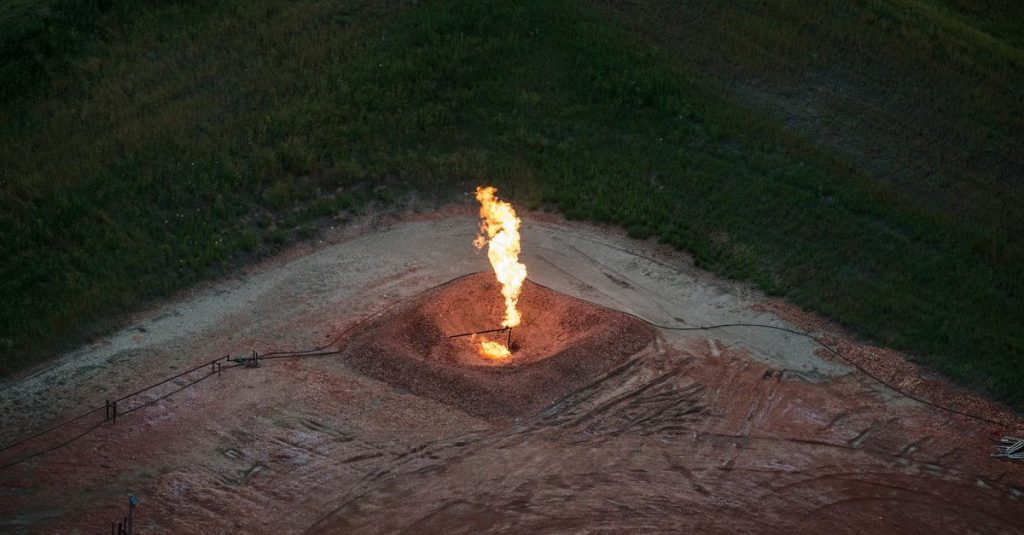Apparently it’s almost bizarre that it took until the Glasgow Climate Summit to come up with an international agreement on methane. Tuesday was the day. At the initiative of the United States and the European Union, a plan was submitted to To reduce methane emissions by 30 percent by 2030.
“One of the most important things we can do in this crucial decade is every degree and a half.” [opwarming] “To keep it within reach is to reduce methane emissions as quickly as possible,” President Joe Biden said Tuesday. Already earlier European Commissioner Frans Timmermans (Climate) described reducing methane emissions as “our fastest strategy to limit global warming to 1.5°C”.
Methane is a greenhouse gas released during oil extraction, which leaks from gas pipelines. It is also exhaled by cows and formed as waste rots in garbage heaps. It’s a greenhouse gas dozens of times more powerful than carbon dioxide, but it’s disappearing from the atmosphere more quickly. While carbon dioxide remains in the air for more than a century, methane decomposes after more than a decade.
discount
According to climate scientists, methane emissions are responsible for more than a quarter of the warming caused by human activity. A 30 percent reduction through 2030 and continued policy thereafter could prevent about 0.8 degrees of warming by the end of the century.
The agreement has the support of more than 100 countries, which are collectively responsible for about half of global methane emissions. Important countries such as China, Russia and India are missing. Among Western countries, only Australia said it would not sign the plan.
Read also Methane emissions from the oil and gas industry have been greatly reduced
The United Nations Environment Program (UNEP) presented at the G20 Summit in Rome last weekend International Methane Emissions Observatory (IMEO), a methane detection system. It uses information about infrastructure (in oil extraction, agriculture and pipelines) and data from satellites, among other things.
To make IMEO work, data from governments, for example, major oil companies, is needed. The United States has not yet taken any step to participate in the IMEO. Of the US oil companies, only ExxonMobil and Chevron share the information. However, the large shale oil companies, which produce a lot of methane, do not.
partner countries
Methane emissions in the European economy are mainly produced abroad, during the transportation of imported fossil fuels. The European methane directive is meaningless if partner countries are not also encouraged to take action. But the most important partner country is Russia Suffers from many gas leaks It does not support the agreement.
Agreement about the consequences for farming is ambiguous. The faster the methane reduction there will be a decrease in livestock. But in his plea for agreement, Timmermans only spoke of “and sharing of best practicesinnovative technology and the promotion of “nature-based solutions.”
in a opinion article on the site Conversation Methane expert Michael Caine cautions that the focus on methane should not be at the expense of reducing carbon dioxide. In fact, Cain writes, one-third of anthropogenic methane emissions are from fossil fuel extraction. If we stopped doing that, we would reduce both carbon dioxide and methane.
Read also This piece is about what to achieve in Glasgow And what are the obstacles?

“Total coffee specialist. Hardcore reader. Incurable music scholar. Web guru. Freelance troublemaker. Problem solver. Travel trailblazer.”









More Stories
GALA lacks a chapter on e-health
Weird beer can taste really good.
Planets contain much more water than previously thought